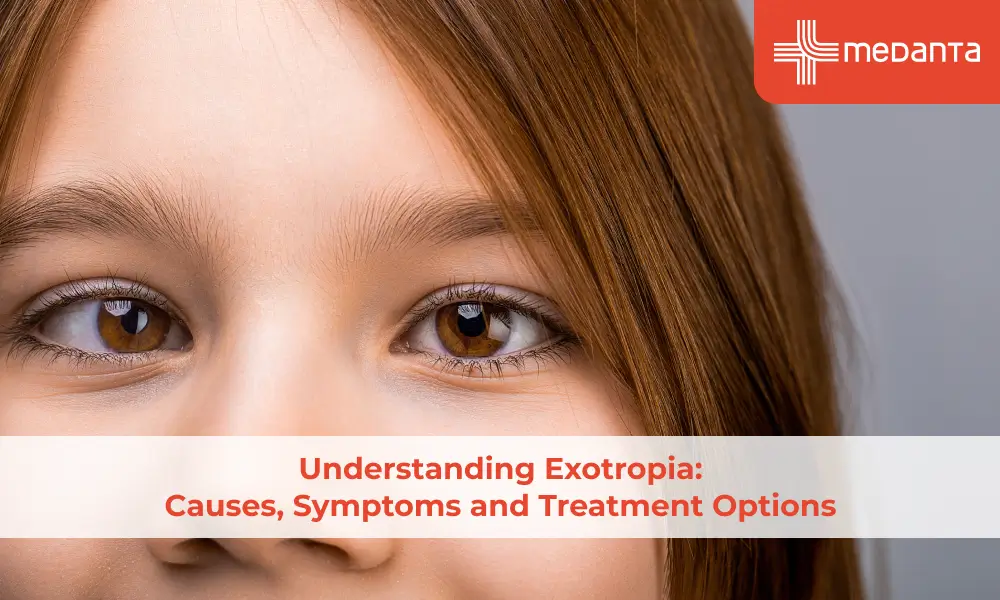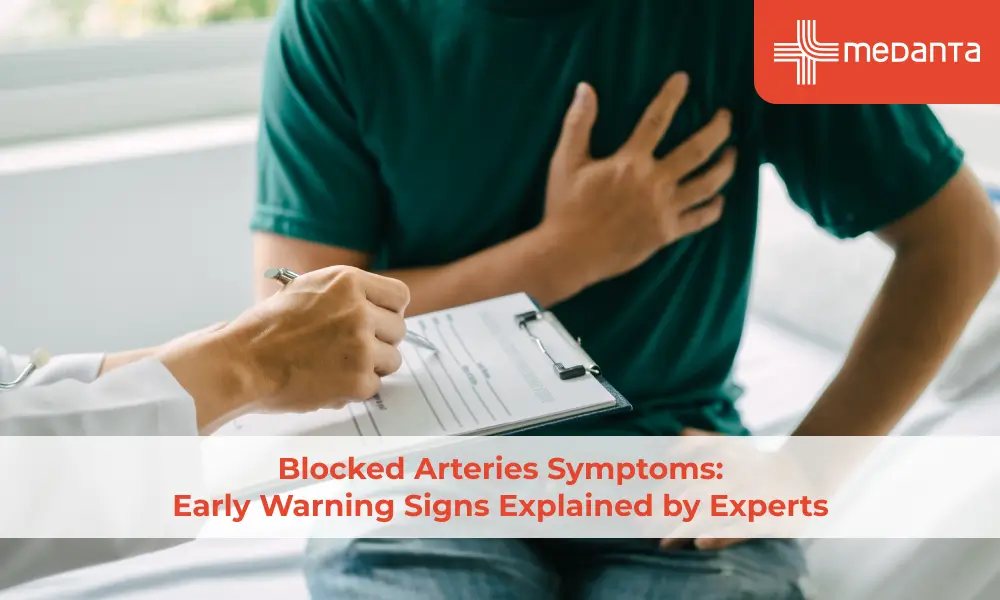When to See a Doctor for Pink Eye: Warning Signs and Red Flags

While pink eye, also known as conjunctivitis, is a very common eye condition that is usually mild and easily treated at home, sometimes certain symptoms and situations warrant prompt medical attention from a doctor.
As any parent of young children knows all too well, pink eye seems to spread like wildfire within schools and daycares due to its highly contagious nature. But how do you know when your case of pink eye needs to be checked out by a medical professional to ensure the appropriate treatment plan is prescribed and underlying causes are ruled out?
By understanding what constitutes a mild case that can be managed at home versus situations that require seeing a physician, you can determine the best treatment approach for your or your child's pink eye and get on the road to recovery.
Understanding Pink Eye and Conjunctivitis
Pink eye, also known as conjunctivitis, is a common eye condition characterized by inflammation of the thin, transparent layer of tissue that covers the white part of the eye and lines the inner surface of the eyelids.
It can be caused by viruses, bacteria, allergens, or irritants, leading to symptoms such as redness, itching, burning, and discharge.
Common Causes of Conjunctivitis
Here's a comprehensive guide to identifying common causes of conjunctivitis:
1) Bacterial Infection
If you notice yellow or green discharge from your eyes accompanied by crusting, it could indicate a bacterial infection. This type of conjunctivitis is highly contagious and often spreads through direct contact.
2) Viral Infection
Pink eyes caused by a viral infection typically starts in one eye and spreads to the other. It's often associated with cold symptoms like sneezing and a runny nose. Watery discharge and swollen lymph nodes may also occur.
3) Allergic Reaction
Allergic conjunctivitis is triggered by allergens like pollen, dust mites, or pet dander. Symptoms include itching, redness, and excessive tearing. It usually affects both eyes and can occur seasonally or year-round.
4) Irritants
Exposure to smoke, pollution, or chemicals can irritate the conjunctiva, leading to redness, burning, and discomfort. Removing the irritant and rinsing the eyes with water can provide relief.
5) Contact Lenses
Improper hygiene or overuse of contact lenses can cause conjunctivitis. Symptoms include redness, sensitivity to light, and discomfort. Discontinuing lens wear and consulting an eye care professional is essential.
6) Newborns
Newborns can develop conjunctivitis due to bacteria acquired during childbirth. Symptoms include eye discharge and swelling. Prompt medical attention is crucial to prevent complications.
7) Foreign Objects
Foreign objects like dust, sand, or debris can scratch the surface of the eye, leading to conjunctivitis. Symptoms include redness, tearing, and discomfort. Prompt removal of the object and medical evaluation are necessary.
8) Chemical Exposure
Exposure to harsh chemicals or household cleaning agents can cause chemical conjunctivitis. Symptoms include severe eye pain, redness, and blurred vision. Immediate rinsing with water and seeking medical help are crucial.
When to Seek Medical Attention
While many cases of pink eyes can resolve on their own, certain warning signs and red flags indicate the need for prompt medical evaluation. Here are some instances where you should consider seeing a doctor:
- Severe Eye Pain: If you experience intense eye pain or discomfort, especially if it's accompanied by sensitivity to light (photophobia), it could indicate a more serious underlying condition that requires medical attention.
- Vision Changes: Any sudden changes in vision, such as blurred vision or loss of vision, should be evaluated by an eye care professional to rule out serious eye problems.
- Persistent Symptoms: If your symptoms persist or worsen despite home remedies or over-the-counter treatments, it's wise to consult a doctor for further evaluation and management.
- Increased Redness or Swelling: While mild redness and swelling are common with pink eyes, a sudden increase in redness or swelling, especially if it affects the entire eye or surrounding tissues, may indicate a more severe infection or inflammation.
- Eye Discharge: While clear or watery discharge is typical in viral conjunctivitis, thick, yellow or green discharge may suggest a bacterial infection requiring antibiotic treatment.
- Contact Lens Wearers: If you wear contact lenses and develop symptoms of pink eyes, it's essential to stop wearing your contacts immediately and seek
medical advice to prevent complications.
Treatment Options for Conjunctivitis
Treatment of conjunctivitis depends on the underlying cause:
1) Some types of Pink Eye resolves on its own within 1-2 weeks. Over-the-counter artificial tears or antihistamine eye drops may help relieve symptoms.
2) Some case require antibiotic eye drops or ointment prescribed by a healthcare professional to clear the infection.
3) Allergic Conjunctivitis: Avoiding allergens, using antihistamine eye drops, antiallergic eye drops, and oral antihistamines can provide relief from symptoms.
4) Irritant Conjunctivitis: Rinse the eyes thoroughly with clean water and avoid further exposure to the irritant.
Conclusion
Pink eye and conjunctivitis can range from a mild inconvenience to a serious condition that requires immediate medical attention. Knowing the warning signs and red flags is crucial in determining when it is necessary to seek medical help. However, if you find yourself experiencing any of these symptoms, do not hesitate to visit a doctor.
When it comes to the health of your eyes, it's always better to be safe than sorry. So whether you're dealing with a simple case of pink eyes or something more serious, it's important to consult with a healthcare professional who can provide an accurate diagnosis and appropriate treatment plan.






